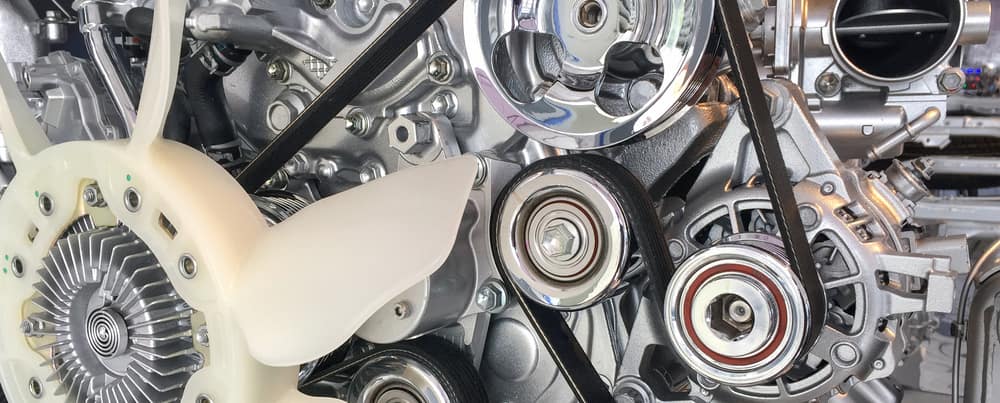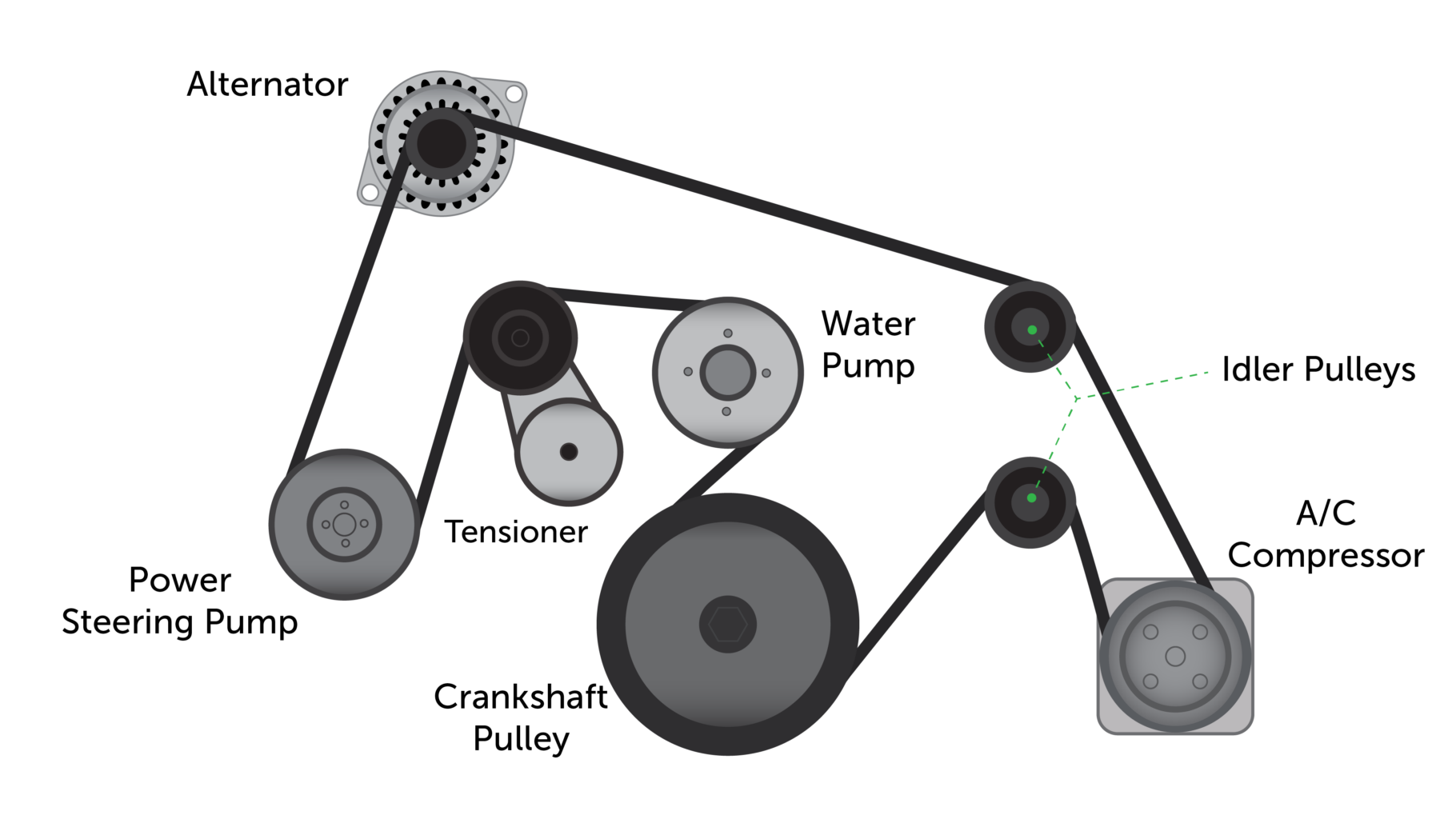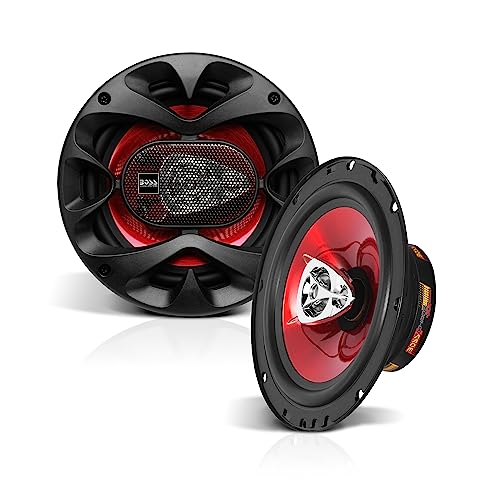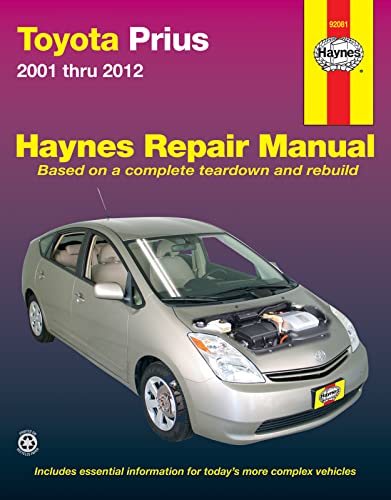As an Amazon Associate, I earn from qualifying purchases
If you drive a Toyota, you probably rely on your serpentine belt every day without even thinking about it. But do you know how long that belt actually lasts?
Ignoring this small but crucial part could lead to unexpected breakdowns and costly repairs. You’ll discover exactly how long your Toyota serpentine belt should last, signs it might be wearing out, and simple tips to keep it in top shape.
Keep reading to protect your car and save yourself from unnecessary stress on the road.

Credit: www.toyotawestcovina.com
Serpentine Belt Basics
The serpentine belt is a key part of your Toyota’s engine. It helps many important parts work together smoothly. Understanding the basics of this belt can help you know when to replace it.
This section explains the purpose and the materials used in serpentine belts. Knowing these details helps you care for your car better.
Purpose And Function
The serpentine belt drives multiple engine parts. It turns the alternator, water pump, power steering pump, and air conditioner compressor. This single belt keeps many systems running. If it breaks, your car may stop working properly.
The belt moves in a loop around pulleys. It transfers power from the engine to other parts. This helps the engine stay cool and the battery charge. It also supports steering and air conditioning.
Common Materials
Most serpentine belts are made from strong rubber. This rubber has fibers inside for extra strength. These fibers help the belt resist wear and tear. The material must be flexible and tough.
Some belts use synthetic materials like neoprene or EPDM. These last longer and resist heat well. The choice of material affects the belt’s lifespan and performance.

Credit: vatire.com
Typical Lifespan Of Toyota Serpentine Belts
Toyota serpentine belts usually last between 60,000 to 100,000 miles. Regular checks help spot wear and prevent sudden failures. Replacing belts on time keeps your engine running smoothly.
Manufacturer Recommendations
Toyota suggests checking the serpentine belt every 60,000 miles. They often recommend replacement around 90,000 to 100,000 miles. Regular inspections help spot wear, cracks, or fraying early. Following these guidelines prevents breakdowns and saves money. Use genuine Toyota belts for best results. They fit well and last longer.
Average Mileage Range
Most Toyota serpentine belts last between 60,000 and 100,000 miles. Some may wear out sooner due to driving conditions or weather. Hot climates and stop-and-go traffic can shorten belt life. Cold weather can make belts brittle over time. Regular checks are important no matter the mileage. Replacing the belt on time keeps your engine running smoothly.
Factors Affecting Belt Longevity
The lifespan of a Toyota serpentine belt depends on several key factors. These factors influence how long the belt stays strong and works well. Understanding them helps you know when to check or replace the belt. This can save you from unexpected breakdowns and costly repairs.
Driving Conditions
Driving on rough roads can wear the serpentine belt faster. Stop-and-go traffic causes the belt to move more. This increases stress on the belt’s material. Long highway drives at steady speeds are easier on the belt. Heavy loads or towing also put more strain on the belt. These conditions reduce how long the belt lasts.
Maintenance Habits
Regular vehicle checks help extend belt life. Inspecting the belt for cracks or frays can catch problems early. Keeping the belt clean and free from oil or dirt prevents damage. Replacing worn belts before they break avoids engine issues. Proper tension adjustment ensures the belt runs smoothly. Good maintenance habits protect the belt and improve its longevity.
Environmental Impact
Extreme temperatures affect the belt’s durability. Heat can dry out the belt, causing it to crack. Cold weather may make the belt stiff and brittle. Exposure to chemicals like oil or coolant weakens the belt material. Dust and debris can also wear down the belt surface. These environmental factors shorten the serpentine belt’s useful life.
Signs Of Wear And Damage
The serpentine belt in your Toyota plays a crucial role in powering many engine parts. Over time, this belt faces wear and tear. Recognizing early signs of damage helps prevent bigger problems. Regular checks keep your vehicle running smoothly and avoid costly repairs.
Visual Inspection Tips
Look at the belt closely for cracks or fraying edges. Check for shiny or glazed surfaces that show wear. Missing chunks or splits on the belt surface indicate damage. Notice if the belt appears loose or too tight. Examine the belt’s ribs for uneven wear or missing pieces. A clean, dry belt works best, so oily or dirty belts need attention. Use a flashlight to see hard spots clearly.
Common Symptoms Of Failure
A squealing noise from the engine area often signals belt issues. Loss of power steering or air conditioning may happen. The engine might overheat if the belt slips. Warning lights on the dashboard can appear. The belt may suddenly snap, causing the car to stop working properly. Pay attention to any unusual vibrations while driving. Early symptoms mean you should act quickly to fix the belt.
Replacement Guidelines
Replacement guidelines help keep your Toyota serpentine belt working well. The belt drives many parts of your engine. It needs to be in good shape to avoid breakdowns. Knowing when and how to replace it saves time and money.
When To Replace
Check the belt every 60,000 miles or 5 years. Look for cracks, fraying, or shiny spots on the belt. Listen for squealing noises from the engine area. These signs mean the belt is worn out. Replace it right away to avoid engine damage.
Choosing The Right Belt
Pick a belt made for your Toyota model. Use OEM (Original Equipment Manufacturer) belts for best fit and quality. Avoid cheap or generic belts; they wear out faster. Check the belt’s size and rib count carefully before buying. A good belt lasts longer and runs smoothly.
Maintenance Tips For Extending Belt Life
Maintaining your Toyota serpentine belt can save you money and prevent breakdowns. Simple care steps help the belt last longer. This section covers key tips to keep your belt in good shape.
Regular Inspections
Check the belt often for cracks, fraying, or glazing. Look for signs of wear or damage. Early detection helps avoid sudden belt failure. Inspect the belt every few months or during oil changes.
Proper Tensioning
The belt must have the right tension to work well. Too loose causes slipping; too tight leads to wear. Use a tension gauge or follow Toyota’s guide for your model. Adjust the tension carefully to extend belt life.
Avoiding Contaminants
Keep oil, coolant, and dirt away from the belt. These substances can cause the belt to degrade fast. Clean the engine area regularly to prevent buildup. Avoid spraying fluids directly on the belt or pulleys.
Cost And Installation Considerations
Replacing a Toyota serpentine belt involves certain costs and installation choices. Knowing these helps you plan better. The price varies by part quality and labor charges. Installation can be a DIY task or done by a professional. Each option has its own pros and cons to consider.
Diy Vs Professional Replacement
Changing the serpentine belt yourself saves money on labor. Basic tools like wrenches and a belt tool are needed. A repair manual or video guide helps avoid mistakes. Time taken depends on your skill level. Mistakes can lead to engine problems, so caution is key.
Professional replacement costs more but offers expertise. Mechanics replace the belt quickly and check other parts. This reduces risk of future failures. A warranty often covers their work. Professionals also dispose of old belts properly.
Estimated Expenses
The cost of a Toyota serpentine belt ranges from $20 to $50. Prices depend on the brand and belt type. Labor fees vary by location but usually cost $50 to $150. Total expenses for professional replacement reach $70 to $200.
DIY replacement lowers costs to just the belt price. Extra tools might add $10 to $30 if you don’t have them. Budget for small expenses like gloves or a flashlight. Planning helps avoid surprise costs during installation.

Credit: www.cornerstoneford.com
Frequently Asked Questions
How Often Should I Replace A Toyota Serpentine Belt?
Toyota serpentine belts usually last between 60,000 to 100,000 miles before needing replacement.
What Are Signs Of A Worn Toyota Serpentine Belt?
Look for squealing noises, cracks, fraying, or visible wear on the belt surface.
Can A Bad Serpentine Belt Affect Car Performance?
Yes, it can cause problems with the alternator, power steering, and air conditioning.
Is It Expensive To Replace A Toyota Serpentine Belt?
Replacement costs are generally low, often between $50 and $150 including labor.
How To Check The Serpentine Belt Condition On A Toyota?
Inspect the belt for cracks, shiny spots, or looseness by looking under the hood.
Does Driving Style Affect Serpentine Belt Lifespan?
Frequent stop-and-go driving and extreme temperatures can shorten the belt’s life span.
Conclusion
A Toyota serpentine belt usually lasts between 60,000 and 100,000 miles. Regular checks help spot wear and tear early. Replace the belt if you hear squeaking or see cracks. This keeps your engine running smoothly and prevents breakdowns. Taking care of the belt saves you time and money.
Pay attention to your car’s signs and keep it in good shape. Simple steps go a long way in vehicle maintenance.
As an Amazon Associate, I earn from qualifying purchases


